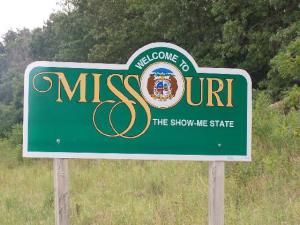
by pitzersnodgras | May 25, 2016 | Article
The issue of damage caps is an area of ongoing litigation in Missouri. A new case has just been handed down by the Missouri Supreme Court which provides some clarity on the issue of statutory damage caps on non-economic damages but fails to fully resolve the issue....
by pitzersnodgras | May 24, 2016 | Article
PS Partner: J. Phillip Bryant PS Associate: Nicholas P. Meriage We represented: Phillip Christophel, and Stealth Recovery, LLC Venue: Circuit Court of County of St. Louis Facts: Plaintiff sued for alleged injuries arising out of the repossession of her 2001 Hyundai...
by pitzersnodgras | May 16, 2016 | Case
We represented: State Auto Insurance Companies – Morgan, LLC insured Venue: Circuit Court of Jackson County, Illinois Facts: Plaintiff tripped and fell on a sidewalk on her way into work at an office building in Murphysboro. Alleged injuries included...
by pitzersnodgras | May 3, 2016 | Case
Pitzer Snodgrass Lawyers: Peter Dunne and Bob Plunkert Our Client: City of Chesterfield, Missouri Venue: St. Louis County Circuit Court, appeal to Missouri Court of Appeals for the Eastern District Plaintiff Steven Glazer filed a personal injury case in St. Louis...


